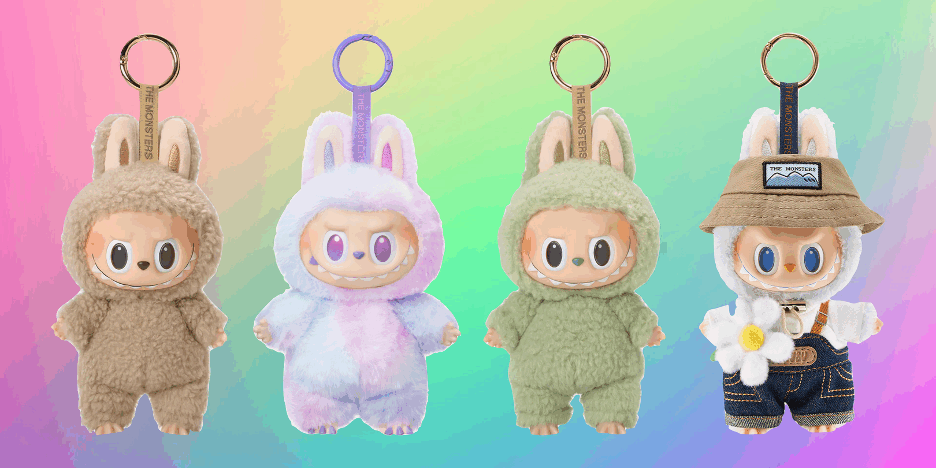Sep 25, 2025
An LBB/ChatGPT Collaboration
AI is changing the game in wellness, making it possible to deliver health and lifestyle recommendations that actually fit each person’s needs, habits, and goals – quickly, conveniently and at scale. People now expect that kind of personalization from the brands they interact with. The upside is huge: more relevant products, stronger engagement, and deeper loyalty. But there are also big watch-outs, privacy, trust, and making sure tech doesn’t replace the sense of humanity.
The key for wellness brands is to use AI not just to crunch data, but to truly connect, keeping the warmth, empathy, and human touch that make experiences feel real. Done right, AI isn’t just about being smarter; it’s about making the brand feel more present, more helpful, and more in-tune with what people actually want.
5 Ways to use AI in wellness without losing the human touch – and 5 brands doing it well
1. Start with the person, not the tech
Before you plug in an algorithm, get clear on the human problem you’re solving.
Sleepio uses AI modeled on thousands of users’ sleep diaries, but its purpose isn’t just data; it’s about helping people sleep better. AI analyzes individual sleep behavior and offers personalized recommendations rooted in cognitive behavioral therapy, always focused on real human needs, not the algorithm itself.

2. Make the output feel human, even if the engine is AI
People want real warmth and understanding, not just data dumps.
Apple Watch’s Workout Buddy offers real-time, voice-guided encouragement during workouts. It sounds like a real trainer, warm, personal, and motivating,instead of delivering dry data or instructions.

3. Leverage AI to personalize experiences
From one-size-fits-all to just-for-you: use AI to meet individual needs at scale.
Through its DeepBrew AI engine, Starbucks personalizes offers in the Starbucks Rewards app, suggesting drinks or food tailored to the weather, time, and past orders.

4. Be upfront about what’s AI-driven
Transparency builds trust. If AI is making the recommendation, say so, and explain how.
Olay Skin Advisor openly communicates that its skin recommendations are powered by AI. Users can see how selfies and questionnaires feed into their personalized product suggestions, making the AI role clear and transparent.

5. Treat AI as a collaborator, not a replacement
The magic happens when AI’s smarts meet your brand’s creativity, empathy and expertise.
Albert Invent accelerates formulation by scanning millions of molecular structures through AI, but human chemists and creators are still pivotal in translating those insights into meaningful skincare products.

As we look ahead, the future is clearly AI-driven, but success comes down to how well brands balance cutting-edge technology with genuine human connection.
The key takeaways? Start with real people and problems, keep AI’s role clear and transparent, use it to scale what matters most, and never let it replace empathy and care.
For wellness brands ready to lead, the strategic move is to embrace AI as a powerful partner, one that sharpens personalization, speeds innovation, and deepens relationships, while staying true to the heart of what wellness really means: supporting people in ways that feel personal, warm, and real. This balance isn’t just a nice-to-have; it’s the foundation for building trust, loyalty, and long-term growth in a rapidly evolving market.
Ready to explore how your brand can thoughtfully harness AI to deepen connections? Let’s talk. We’re here to help you balance innovation with heart and turn insight into impact… with just a little help from AI.



